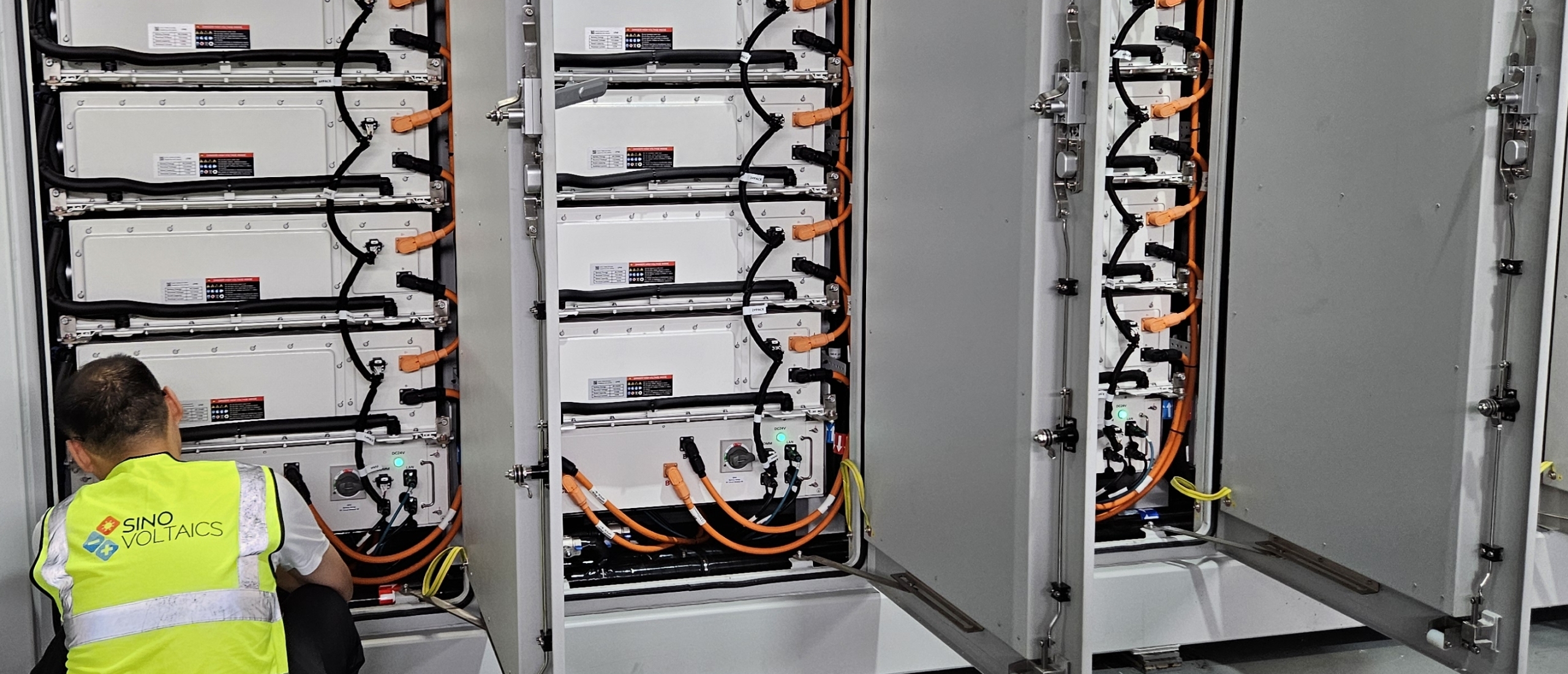
BESS Commissioning: A Critical Phase for Successful Deployment
Introduction
Battery Energy Storage System (BESS) commissioning is the final step before full operation, ensuring that the system is installed correctly, tested thoroughly, and integrated smoothly into its intended application. A successful commissioning process verifies performance, safety, and reliability, preventing costly failures and ensuring compliance with regulatory standards. This guide outlines the key BESS commissioning steps, from pre-installation checks to final performance validation.
1. Pre-Commissioning Preparations for BESS
Before commissioning begins, ensure the following:
- The BESS has been fully installed according to the manufacturer’s specifications.
- The site is ready for testing, with grid connection (if applicable) and all external components properly integrated.
- Factory Acceptance Testing (FAT) reports have been reviewed, and any necessary on-site adjustments have been made.
- The commissioning team includes qualified engineers, electricians, and safety personnel.
Best Practice: Establish a detailed commissioning plan to avoid delays and ensure a structured testing process.
2. Safety and Compliance Verification in BESS Commisioning
Before system activation, verify that all safety protocols and compliance requirements are met.
Safety Checklist:
- Confirm proper grounding and electrical protection to prevent hazards.
- Verify that fire suppression systems (if applicable) are installed and functional.
- Ensure emergency shutdown procedures are in place and well-documented.
- Conduct a hazard assessment for environmental risks (e.g., extreme temperatures, humidity).
Regulatory Compliance:
- Validate BESS certifications (UL 9540, IEC 62619, IEEE 1547, NFPA 855).
- Confirm compliance with local grid code requirements.
Best Practice: Conduct a pre-startup safety briefing for all personnel involved in commissioning.
3. Electrical and System Integrity Tests
Before the BESS is energized, perform comprehensive electrical and system integrity tests to confirm that all components function as expected.
Battery System Checks:
- Verify voltage levels across battery modules and racks.
- Ensure correct polarity and secure connections.
- Inspect for any loose or damaged wiring.
Power Conversion System (PCS) and Electrical Components: - Confirm PCS functionality and connection to the grid/load.
- Test circuit breakers, fuses, and surge protection devices.
- Check for communication between the PCS, BMS, and EMS.
Best Practice: Use thermal imaging to detect potential hotspots or loose connections.
4. Initial System Startup and Functional Testing
Once safety and electrical tests are completed, the initial startup sequence can begin.
Startup Sequence:
1) Power on the BMS and EMS to monitor system parameters.
2) Gradually charge the battery modules while monitoring voltage, current, and temperature.
3) Engage the PCS and test AC/DC conversion.
4) Validate data transmission between the BESS and monitoring systems.
Best Practice: Monitor real-time system data to detect any anomalies during startup.
5. Load Testing and Performance Verification
Load testing ensures the BESS can deliver power efficiently and respond to demand changes.
Key Tests:
- Charge and Discharge Test: Verify energy capacity and system efficiency.
- Load Response Test: Confirm system stability under different load conditions (e.g., 25%, 50%, 100%).
- Emergency Power Shutdown Test: Simulate a grid failure to ensure seamless transition to backup power.
- Round-Trip Efficiency Test: Measure actual efficiency compared to design specifications.
Best Practice: Conduct multiple charge/discharge cycles to detect potential degradation.
6. System Integration and Site Acceptance Testing (SAT)
If the BESS is part of a larger energy system, integration tests must be performed.
System Integration Checks:
- Confirm communication with the grid or renewable energy sources.
- Ensure seamless interaction with existing SCADA or EMS platforms.
- Validate automated controls and demand response capabilities.
Site Acceptance Testing (SAT) Steps: - Conduct a final review of all system performance data.
- Verify that the system meets contractual and technical specifications.
- Complete a formal sign-off process between the supplier and owner.
Best Practice: Document all test results and performance benchmarks for future reference.
7. Training and Handover to Operations Team
Once commissioning is complete, train the operations and maintenance (O&M) team to ensure long-term system performance.
Key Training Areas:
- Routine maintenance procedures (e.g., battery health monitoring, thermal management).
- Troubleshooting common faults and alarms.
- Software and remote monitoring system operation.
- Invite local firefighters team to families themselves with the batteries on site.
Best Practice: Provide a detailed BESS operation manual and emergency response plan.
Conclusion
BESS commissioning is a critical phase that ensures safe and reliable operation. A structured approach to safety verification, electrical testing, system startup, load performance, and integration guarantees that the system performs as expected. Proper training and documentation will ensure long-term efficiency and reliability. Ready to ensure a smooth and successful BESS commissioning process? Contact our BESS quality expert today.
